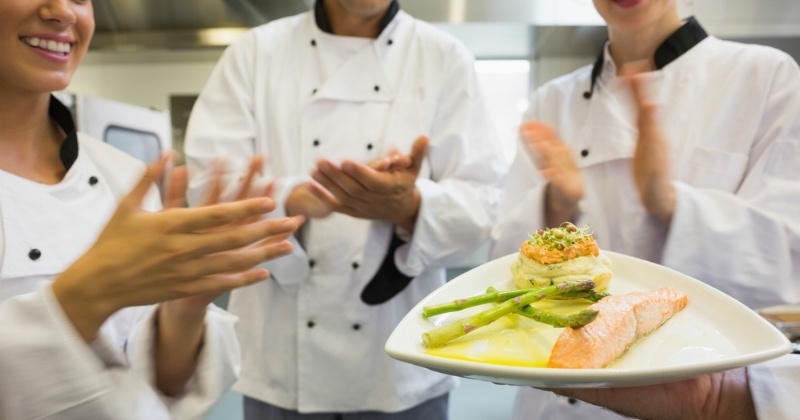Creating a learning culture in any industry is important to reduce turnover rates, control waste, and to improve customer experience. It also has measurable results on the bottom line.
However, when looking at learning organization models, such as the famous model developed by Watkins and Marsick (1993; 2003), the restaurant industry is largely left out. This is why it has become increasingly important to understand modern learning models for a high-impact learning organization.
A recent study by Boccia, Mark, Ed.D., The George Washington University, 2016, provides an in-depth analysis of how a restaurant can encompass a learning culture, by identifying the how.
4 Primary Themes
First, learning models can be found in the existing culture and simply modified to create a dynamic and ever-changing learning culture through 1) pre-shift meetings, 2) formal training, 3) learning from your mistakes, and 4) working during rush hour shifts.
By integrating performance support and mobile learning software to modify an existing culture, any restaurant can become a high-impact learning organization.
More specifically, modification should begin with staff learning to adapt behaviors based on the higher volume interactions with customers, in order to have the biggest impact on customer experience. Managers can provide ongoing training through mobile devices, they can offer incentive programs, and by offering on-the-fly performance support through a mobile interface, thus, promoting self-reliance and self-sufficiency.
Promoting more interaction among employees will aid in uniformity and a blending of ideas; Never forget the power of conversation and human observation. Job rotation is also extremely important to ensure everyone from current staff to new trainees experience the distinct roles within the company. This is already usually done in the kitchen, as cooks rotate through the various stations as they build their repertoire.
Group-Think
In addition, one of the key components of success in the restaurant industry and in nurturing a high-impact learning organization, is collaboration.
While it is well-documented that informal learning practices enhance the learning culture of a restaurant, consistent learning through mobile microlearning ensures that employees remain engaged and interested in the advancement of the company.
In fact, according to Chief Learning Officer Media, (Clomedia),
“New hires account for more than half of talent turnover. Retaining this group means letting go of assumptions and using the engaging power of learning and development.”
Again, this can be accomplished through integrating performance support and mobile learning software into your current restaurant culture.
While this software will help to reduce employee turnover rates through newfound engagement and piqued interest, it also offers data gathering, which will assist management, as well as employees, in numerous facets of daily work routines.






